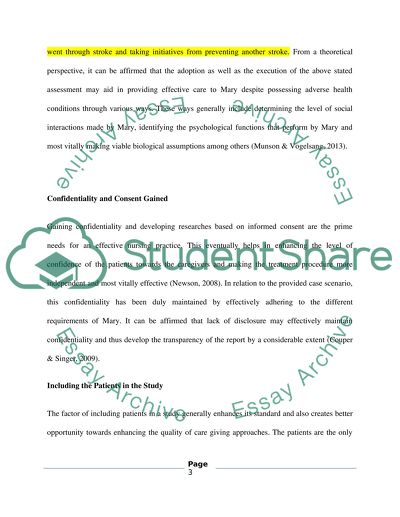Cite this document
(“Person centered approaches (nursing- learning disability ) Essay - 2”, n.d.)
Person centered approaches (nursing- learning disability ) Essay - 2. Retrieved from https://studentshare.org/nursing/1672450-person-centered-approaches-nursing-learning-disability
Person centered approaches (nursing- learning disability ) Essay - 2. Retrieved from https://studentshare.org/nursing/1672450-person-centered-approaches-nursing-learning-disability
(Person Centered Approaches (nursing- Learning Disability ) Essay - 2)
Person Centered Approaches (nursing- Learning Disability ) Essay - 2. https://studentshare.org/nursing/1672450-person-centered-approaches-nursing-learning-disability.
Person Centered Approaches (nursing- Learning Disability ) Essay - 2. https://studentshare.org/nursing/1672450-person-centered-approaches-nursing-learning-disability.
“Person Centered Approaches (nursing- Learning Disability ) Essay - 2”, n.d. https://studentshare.org/nursing/1672450-person-centered-approaches-nursing-learning-disability.


